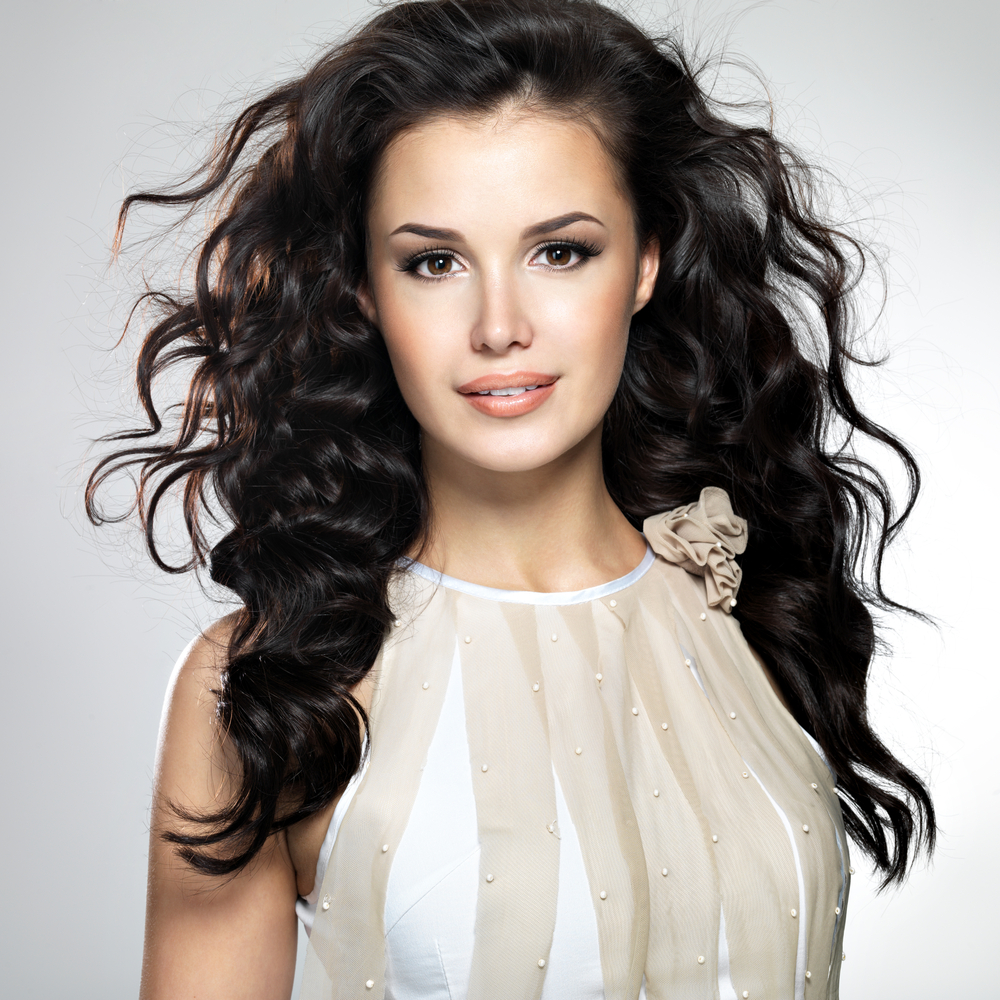Generate single title from this title Uterine fibroids – symptoms and causes in 70 -100 characters. And it must return only title i dont want any extra information or introductory text with title e.g: ” Here is a single title:”

Write an article about
“In March 2014, I won the Academy Award. In the same year, I discovered my injury with fibrous tumors in the womb. 30 fibrous tumors; I underwent surgery to remove them.
This was revealed by Loca Nyongo, the star of Black Panther and US, in a post on her Instagram page several days ago regarding her suffering from uterine fibroids. The 42 -year -old actress shared her experience with this painful health condition on the occasion of the month of awareness of fibroids.
Uterine fibroids, according to the National Health Services Authority, “are non -cancerous tumors that grow inside or around the womb.” These tumors vary in size, and they consist of muscles and fibrous tissues.
Nyongo indicated that while no symptoms may appear on some injuries to fibroids, others face “exhausted side effects” that include “abundant and heavy bleeding”, anemia, pelvic pain, frequent urination, and complications of pregnancy, “according to the British Independent website. She added that “eight out of every ten black women” and “Seven of every Ten Women” are ran out of fibroids at a stage of their lives.
What is the importance of this statement? How can it have an effect on some women?
Simply put, because he was issued by a famous and well -known character around the world, a character that was neither fame nor cinema lights and cameras’ flashes from falling prey a health problem that a wide segment of women around the world suffers from. According to medical sources:
By age 35; About 60% of African American women have fibroids, while about 40% of white women are infected.
By the age of fifty: More than 80% of black women and about 70% of white women have fibroids.
Despite the prevalence of this situation, Nyongo said that society is not talking about it enough, or about the reproductive health of women in general. “When we reach adulthood, society teaches us that the menstrual cycle means pain, and that pain is simply part of being a woman,” she wrote on Instagram. “I started talking about my experience separately, and I realized that many women pass this experience. We are fighting alone with something that affects most of us, so there is no more suffering in silence!” Stressing the importance of “stopping dealing with this grave problem as if it were a series of unfortunate coincidences” and “refusing to neutralize the pain of women.”
Not only is Nyongo who supports these ideas and seeks to achieve them; Rather, we are also in “She” and as a media method aimed at educating women in our Arab societies about their health and well -being, we seek to clarify the full image about women’s health problems, including certainly uterine fibroids. And we ask you, dear, many questions such as: What are those tumors? Do cancer causes, and can we prevent it?
We answer these and other Dr. Dr. Manar Jabbar, a gynecologist and obstetrician at the Medicker Hospital for Women and Children in today’s article. If you are interested in knowing additional details about this common problem, continue reading here ..
What are uterine fibroids?
Uterine Fibroids are benign tumors that grow in the uterine wall, and are one of the most common tumors in women of childbearing age. Its sizes differ from small (the size of the seed) to a large (may reach the size of the watermelon).
What are the reasons for the appearance of uterine fibroids?
The exact cause of these tumors is unknown, but there are factors that increase the possibility of infection:
1.
2. Genetic factors: The presence of a family history of these tumors increases the possibility of some family women.
3. Arde: uterine fibroids are more common in women with brown skin.
4. Obesity: Weight gain in some women can raise estrogen levels, thus increasing the risk of these tumors.
5. Lack of childbearing: Women who have not yet gave birth, are more likely to develop uterine fibroids.
6. Beginning early menstruation: increases the period of exposure to estrogen hormones.
What are the symptoms of uterine fibroids?
As we mentioned at the beginning of the article; Uterine fibroids may be without symptoms in some women, but if symptoms appear, they may include:
• There is a heavy bleeding during the menstrual cycle (lukewarm).
• Severe pain in the pelvis or lower back.
• Press the bladder or rectum (frequent urination or constipation).
• abdominal enlargement (in the case of large tumors).
Anemia due to severe bleeding.
Difficulty in pregnancy or frequent miscarriage (in some cases).

Are there complications for uterine fibroids?
naturally; Unfortunately, this common female problem is not without some complications if it is not treated, and is:
1. Acute anemia as a result of chronic bleeding.
2. Difficulty pregnancy or infertility, if the tumor is compressed on the fallopian tubes.
3. Early birth or miscarriage, in case of pregnancy with fibrous tumors.
4. The tumor turns into cancer (but it is a very rare condition, and less than 1%).
What are the ways to treat uterine fibroids currently available?
Often specialized doctors resort to two types of treatments in the case of fibroids; The first is drug, and the second is surgical.
1. Drug therapy: It includes
NSAIDS to relieve pain.
• Birth control pills: to control bleeding.
• Innocent hormones for ovulation: such as hormonal IUD or GNRH injection to reduce the size of the tumors.
2. Surgical treatment: including
Myomctomy: to remove the tumor while preserving the uterus (for women who wish to have children).
Hysterctomy: It is the final solution to these annoying tumors, but it prevents pregnancy.
With reference to modern non -surgical treatments such as:
UAE artery (UAE): The blood nutrition is cut off from the tumor.
Fus ultrasound (Fus): during which the tumor is fragmented with waves.
• Laser or mail therapy: destroy the tumor with heat or cold, as needed.
We come to the most important question: Is it possible to prevent uterine fibroids?
Unfortunately; There is no confirmed method for prevention, but the risks can be reduced through:
1. Maintaining a healthy weight and avoiding obesity as possible.
2. Eat vegetables and fruits (especially green).
3. Exercise regularly.
4. Avoid excessive eating of red and caffeine meat.

In summary; Uterine fibroids are common among a large percentage of women, but they are benign, and their treatment depends on size and symptoms. If you suffer from severe symptoms, consult your doctor to determine the best treatment option for you.
In any case, since it may be completely difficult to prevent these fibroids; It is always better to follow the most suitable ways of a healthy lifestyle that includes food and physical activity, to reduce the risk of developing these tumors and other health problems that may be overwhelmed by living and quality of life.
.Organize the content with appropriate headings and subheadings (h1, h2, h3, h4, h5, h6). Include conclusion section and FAQs section at the end. do not include the title. it must return only article i dont want any extra information or introductory text with article e.g: ” Here is rewritten article:” or “Here is the rewritten content:”

